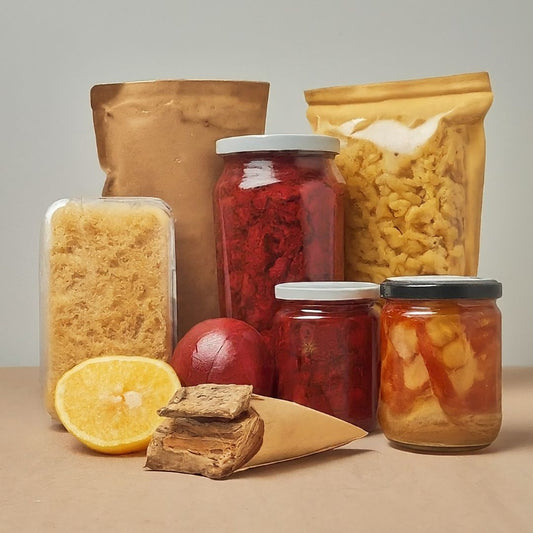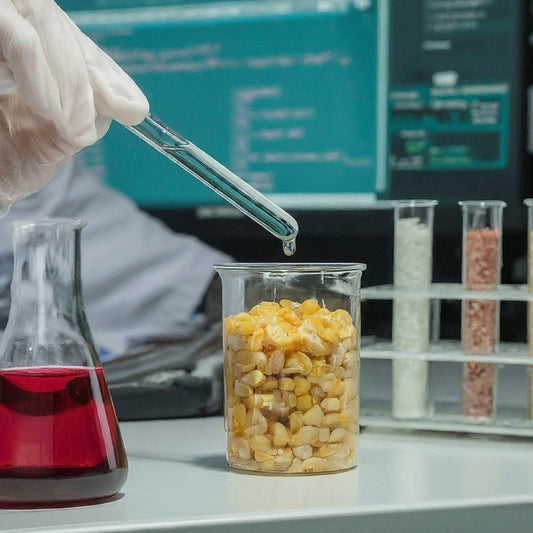🍽️ Regional Thalis: The Blueprint for Balanced Eating
Share
🍽️ Regional Thalis: The Blueprint for Balanced Eating
Where Culinary Tradition Meets Nutritional Precision
In a time when the world is searching for personalized nutrition, portion control, and functional eating, India’s regional thalis offer timeless wisdom. Each thali—whether it's from Tamil Nadu, Gujarat, Kerala, or Bengal—is more than a delicious spread. It's a well-balanced, culturally rooted, nutritionally complete meal.
Let’s uncover how these traditional food patterns can guide the future of healthy eating.
🧂 What is a Thali?
A thali (meaning “plate”) is a multi-dish meal, usually served in a round metal platter. It includes various portions of:
Grains (rice, roti, millet)
Pulses (dal, sambhar, usili)
Vegetables (dry/fried/curry form)
Probiotic-rich curd or buttermilk
Spices & condiments (pickle, papad, chutneys)
A sweet or fruit, often seasonal
Each region in India has its own version of a thali, adapting to local climate, agriculture, and cultural needs.
🔬 The Nutritional Blueprint Hidden in Tradition
✅ Macronutrient Balance:
Carbohydrates from grains, proteins from lentils/dairy, and healthy fats from ghee, coconut, or mustard oil.
✅ Micronutrient Diversity:
Spices like turmeric (anti-inflammatory), fenugreek (digestive aid), curry leaves (iron), and seeds offer bioactive compounds.
✅ Probiotic Support:
Dishes like curd rice, chaas, or fermented chutneys support gut health naturally.
✅ Fiber-Rich:
The use of whole grains, legumes, and seasonal vegetables ensures high fiber intake—supporting digestion and satiety.
✅ Portion Awareness:
Small katoris (bowls) keep portions controlled without calorie-counting.
✅ Mindful Eating & Variety:
Multiple textures and tastes (sweet, sour, bitter, astringent, pungent, salty) enhance satiety and reduce cravings.
🌍 Examples of Regional Thalis
🍛 Tamil Thali:
Sambhar, rasam, kootu, poriyal, curd, rice, appalam, pickle, payasam
🔹 Key Focus: Gut-soothing spices, protein from lentils.
🍲 Gujarati Thali:
Roti, dal, rice, shaak (vegetables), kadhi, farsan, pickles, and a sweet
🔹 Key Focus: Sweet-spicy balance, digestive buttermilk, seasonal variety.
🥥 Kerala Sadya:
Served on a banana leaf: avial, thoran, olan, parippu, sambhar, payasam
🔹 Key Focus: Coconut-based dishes, fermented rice, and satiety.
🐟 Bengali Thali:
Rice, dal, leafy sabzi, fish curry, chutney, mishti doi
🔹 Key Focus: Omega-3 rich fish, mustard oil, probiotic sweets.
💡 Why Thalis Matter in Modern Food Tech
📦 Inspiration for Meal Kits & Tiffins: Balanced, diverse, portable meals for urban consumers.
🤖 Framework for Personalized Nutrition AI: Region + body type + portion control.
🧃 Product Development: Ready-to-eat dal, prebiotic chutneys, fermented buttermilk drinks.
🧠 Cultural Wellness: Combines food with tradition, mindfulness, and sustainability.
🌟 Final Thought
The regional thali is not just a cultural artifact—it’s a ready-made model for nutritional harmony. As food innovators, researchers, or health-conscious individuals, we have much to learn from these ancestral plates that kept generations healthy without a single nutrition label.





